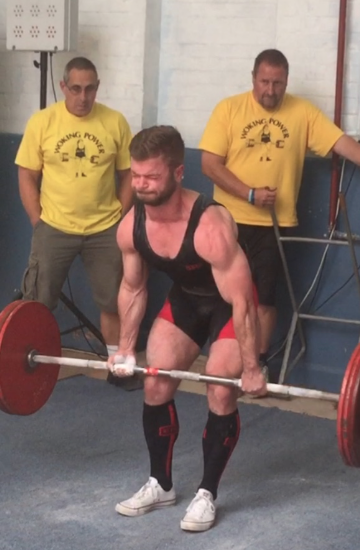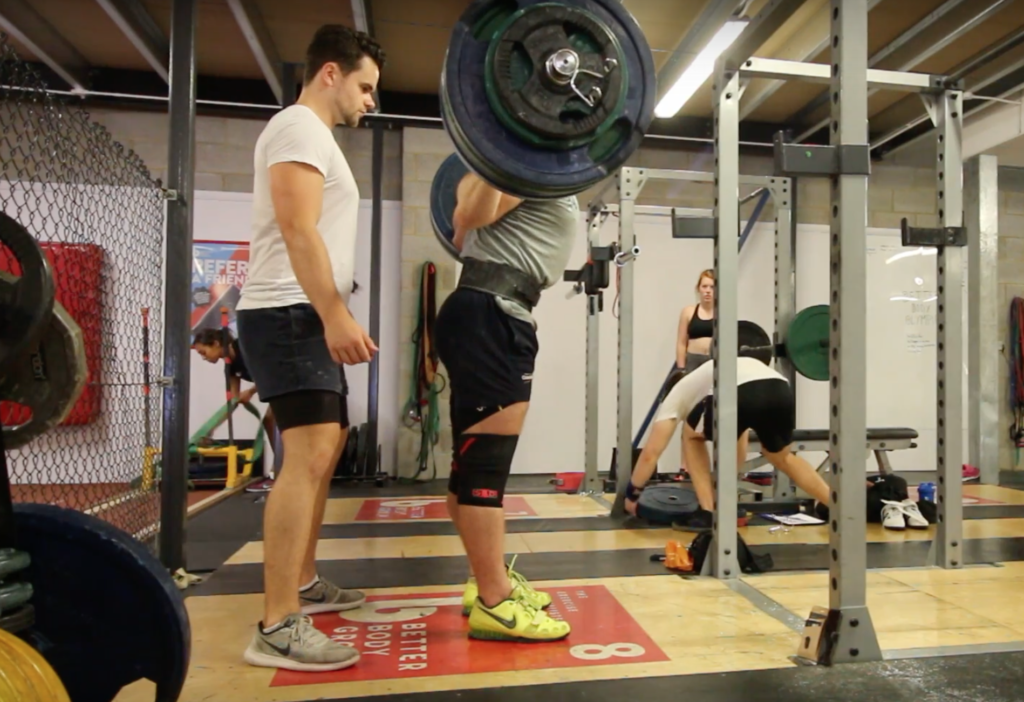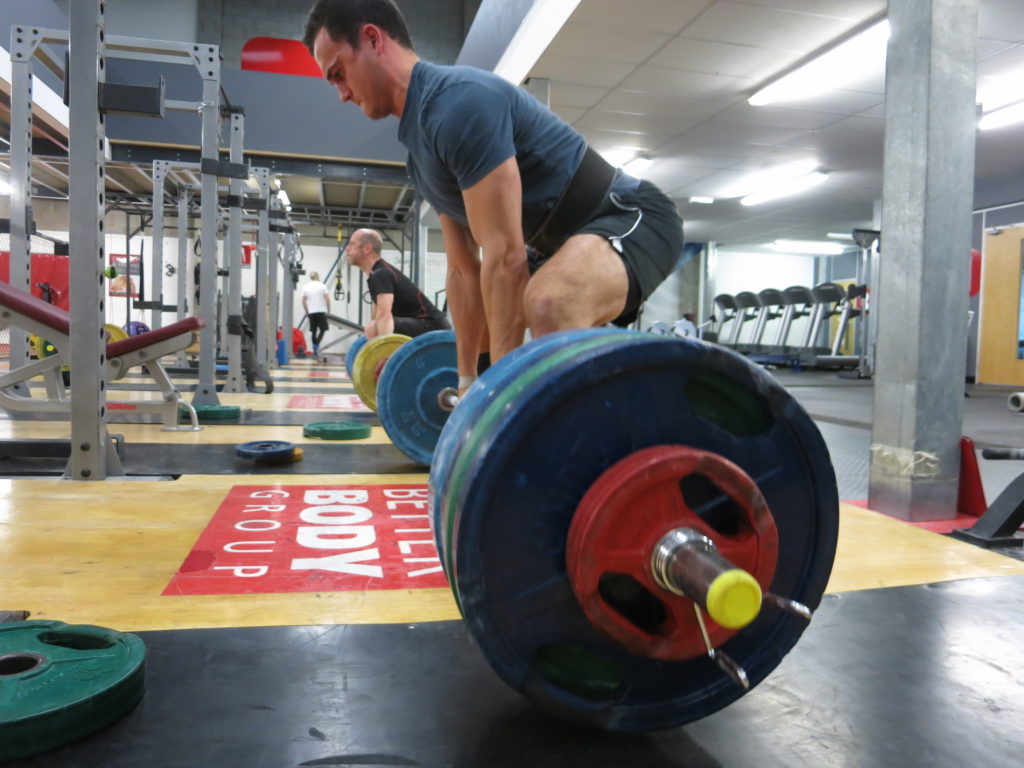What I’ve Learned in 2015 (Part One)
2015 was a pretty vintage year for me.
Whether you know it or not, you all helped make it so.
A huge part of its epicness was that I started writing this blog and started working online. Off the back of it, I got to meet and interact with some of you amazing lot. I find it so flattering and amazing that so many of you want to read my content, and that some of you put your trust in me to have me coach you.
So thank you!
I also had some fantastic adventures, going to Mexico and Slovenia which were both awesome, except where I fell off my mountain bike bombing it down the side of a hill. It may or may not have been because I hit the wrong brake and locked up the front wheel…
However, of course there were some parts of 2015 for me that were, if I’m honest, pretty crap. I feel it’s important to say this as quite often in the world of the internet, mainly thanks to social media, we’re made to think that if things aren’t always rosy for you, there’s something wrong.
However before this post turns into a more emotional affair than an Oscar acceptance speech, allow me to share with you a few little nuggets that will help you with your health & fitness progress deep into 2016 and beyond.
1. Bad movement doesn’t necessarily equal pain.
It kind of makes sense that if we have one side of our body that is stronger, weaker or tighter than another that it might cause dysfunction and therefore pain.
However, just becomes something makes sort of logical sense, doesn’t necessarily make it so. There isn’t any compelling evidence that says poor movement patterns equals pain (1, 2).
Our bodies can adapt remarkably well to a LOT of abuse that we throw at it, and still function pretty well. For example, just because your hip flexors are tight from a lot of sitting down at a desk or car, this does not mean that you’re destined to be a victim of crippling lower back pain, like many would have you believe.
As a more extreme example, we have people like Richard Whitehead, a sprinter who is a double above knee amputee, and obviously has to compensate with his movement on account that he has no knee joints (see the video below).
His movement pattern ticks all of the boxes of “dysfunction”: his running style shows a lot of rotation, isn’t very symmetrical and it looks like he favours one side over another.
Yet despite all this, he can run 200m in a very fast time without being chronically injured or in extreme pain, and instead during his career he could thrive as an elite athlete.
What does all this tell us?
Don’t waste a ton of time trying to make yourself more symmetrical, correcting imbalances or at least not without the guidance of a professional who is looking at the bigger picture.
2. Constantly training to failure is not a good idea
For the majority of phases in your training, you should be looking to increase you training volume. If you can recover from this extra volume you increase your ability to do even more. Being able to handle more training equals more fitness, muscle and strength.
One of the quickest way to screw this up?
Train to failure all the time, taking every set to the brink of exhaustion.
If you do this regularly, in the short term you’ll muck up your performance in later sets. Do this over the long term and you’ll ruin your ability to train well in your later sessions.
Many people think that you have to push as hard as possible to get a training effect, but actually stopping a rep or two short of failure is “hard enough” and will allow you to do more work equalling more progress. Remember to train smart, not just train hard!
To give you an example, in my last training cycle I only missed two reps in training, and only went near failure in the fortnight before my competition. This allowed me to lift a ton more volume than my previous training cycles. This in part ended up in me adding 35kg more onto my powerlifting total!

Save the lifting to failure for rare occasions like competitions or when you’re testing your max every 3 months or so. Also, outside of competition, pulling faces like this is never acceptable.
3. I have to be careful with the language I use
I’m not talking above which people I can say s**t and f**k in front of or in emails 🙂
I’m referring to how I impart information and how this makes a person feel.
If I say:
“Don’t overarch your back during a squat as it may create stress on your spine and cause pain”
It has a negative connotation and because something like pain has a large psychological component it may plant a seed in a clients brain that shouldn’t be there!
Instead if I say:
“Contract your abdominals at the same time as your lower back to help make your squat stronger”
It will have pretty much the same effect movement wise, but without the negativity.
This all sounds a bit “wet”, but it does happen. If I use the wrong kind of language with a client I can put fear into them which can manifest itself in a way I don’t want it to.
What does this mean for you?
Understand that pain has a large psychological component, and that if someone tells you something that sounds extreme like “you’ve got a bulging disk”, “you have severe shoulder impingement” or “your SI joint is out of alignment” that it doesn’t mean you’re set for a lifetime of severe pain, as plenty of people who exhibit signs of these live and thrive pain free.
ABOUT THE AUTHOR
 James Blanchard (JB) is a personal trainer and nutrition consultant, working with clients both online and on an in person basis from the Better Body Group in Sevenoaks, UK.
James Blanchard (JB) is a personal trainer and nutrition consultant, working with clients both online and on an in person basis from the Better Body Group in Sevenoaks, UK.
He specialises in getting hard working, busy people lean, strong and confident whilst still enabling them to be social and enjoying life’s pleasures. Ya know, like beer, wine, pizza and stuff.
Taking a scientific and evidence based approach, he designs his clients’ training and nutrition programs in the most effective, time efficient and easy to stick to way possible.
He has a passion for picking heavy stuff up and putting it down again. He channels this through competing in powerlifting, where he currently holding a regional record in the squat. He’s also tried his hand at various other sports, including rugby, bobskeleton and athletics.
To get your hands on some of JB’s best work for free, you can join over a 1000 others and get his Get Shredded Toolkit, containing everything you need to get lean: “5 Rules to Get Shredded eBook”, a whole body training program, a completely personalised diet and comprehensive how-to guide here.
References
(1) https://www.painscience.com/articles/functional-movement-screen.php
(2) http://www.cor-kinetic.com/corrective-exercise-what-are-we-correcting/





